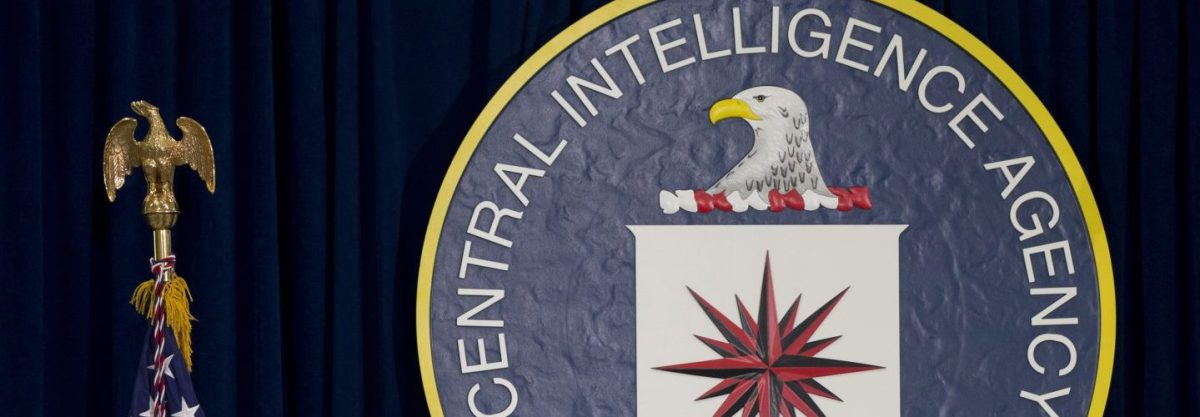With all the intelligence community’s vast surveillance powers, it wasn’t an intercepted email, a dark web forum post or a keyword spoken into a monitored phone line that led to the arrest of a suspected CIA mole this week, but secret hotel room searches that revealed handwritten journals packed with classified information — at least according to the government’s account so far.
The Department of Justice said that back in 2012, as former CIA officer Jerry Chun Shing Lee was traveling with his family through Hawaii and then Virginia, FBI teams slipped into his hotel rooms and quietly rummaged through his belongings. There, they purportedly found dozens of pages of scrawled writing that amounted to a trove of CIA secrets “including but not limited to, true names and phone numbers of assets and covert CIA employees, operational notes from asset meetings, operational meeting locations and locations of covert facilities.”
Lee, who lives in Hong Kong and was arrested in New York, has been charged with “unlawful retention of national defense information,” but The New York Times reported he is suspected of the more serious crime of betraying the CIA for the Chinese government and providing information that aided in the dismantling of a CIA spy network in China in 2010. In May, the Times reported that the CIA was scrambling to figure out how the Chinese uncovered the spy ring, killing or imprisoning more than a dozen local informants.
The court documents unsealed by the Justice Department [PDF] don’t include the answers to some key questions in the case — like how the FBI first got onto Lee’s trail or much of what happened between 2012, when the FBI purportedly found the notebooks in the hotel room searches, and Monday, when he was arrested.
But the relatively scant information that is available indicates something of a nightmare scenario for the CIA: that one of its former officers was using his CIA training against the agency. Court documents say Lee spent 13 years in the CIA, from 1994 to 2007, and was trained in “methods of covert communications, surveillance detection, recruitment of assets, handling of assets, payment of assets, operational security, and documenting, handling and securing classified material.”
Additional electronic evidence could always exist, but the public references to the laborious use of notebooks to store sensitive information rather than computers, for instance, was “absolutely” done with tradecraft in mind, according to former senior CIA officer John Sipher.
“Low-tech is the best tech,” said Sipher, who spent 28 years in the CIA’s clandestine service, including undercover postings around the world. “Electronic info remains forever and can be tracked. When we go to handle agents, etc., we don’t carry phones, [or] devices. Even if a hostile service doesn’t track you in real-time, if they ever get that info, they can put together the pieces after the fact.” (Not to say that all former CIA officers maintain tradecraft discipline after leaving the agency.)
Beyond his U.S. taxpayer-funded espionage skills, a former spy like Lee would’ve been a tempting target for Chinese intelligence because his classified knowledge would not likely have outworn its usefulness, Sipher said. Though Lee left the CIA three years before the purported dismantling of the spy network in China, the Justice Department alleges that the notebooks contained detailed operational information “up to and including Secret information and, in at least one instance, Top Secret information.”
“A retired person could do serious damage,” Sipher said. “There are all sorts of procedures to protect our sources — compartmentalization, code names, secure systems, etc. However, if you were someone directly involved in handling a case, you could do real damage.” Sipher said any information about an informant, from a name to details of meeting locations and times, would help an aggressive counter-intelligence operation identify the CIA’s assets on the ground.
“We have gleaned real information from retired spies in China, Russia and elsewhere,” Sipher said. “They have pieces of the puzzle. I’ve seen our counter-intelligence investigators take small pieces of information and put them together with other pieces to build a story. At some point, a small piece leads to discovery. This guy could have all sorts of information even if he didn’t have the identities [of the informants] themselves.”
Lee faces up to 10 years in prison if convicted of the unlawful retention of the classified material, the DOJ said. It’s unclear if additional charges will be forthcoming. No attorney for Lee is yet listed in court documents. Representatives for the CIA and DOJ declined to comment for this report.
This article was featured in the InsideHook newsletter. Sign up now.
























